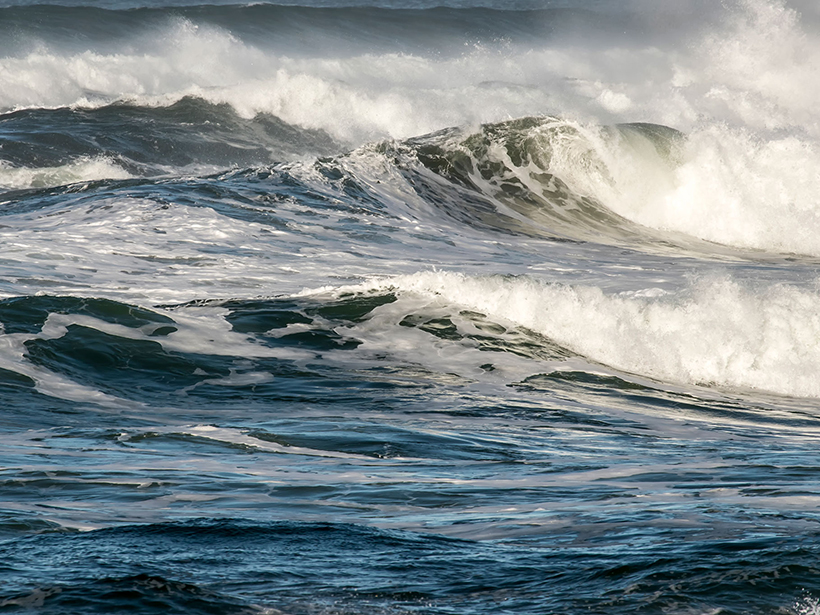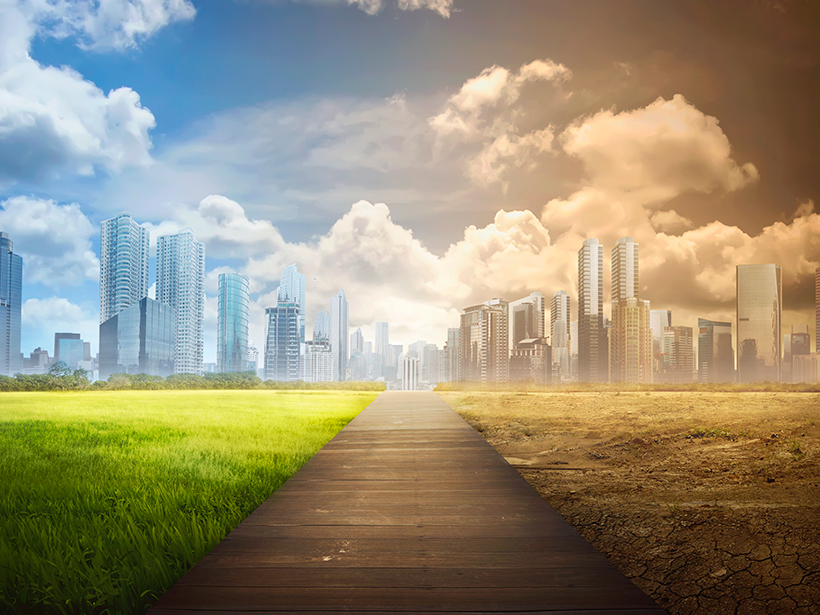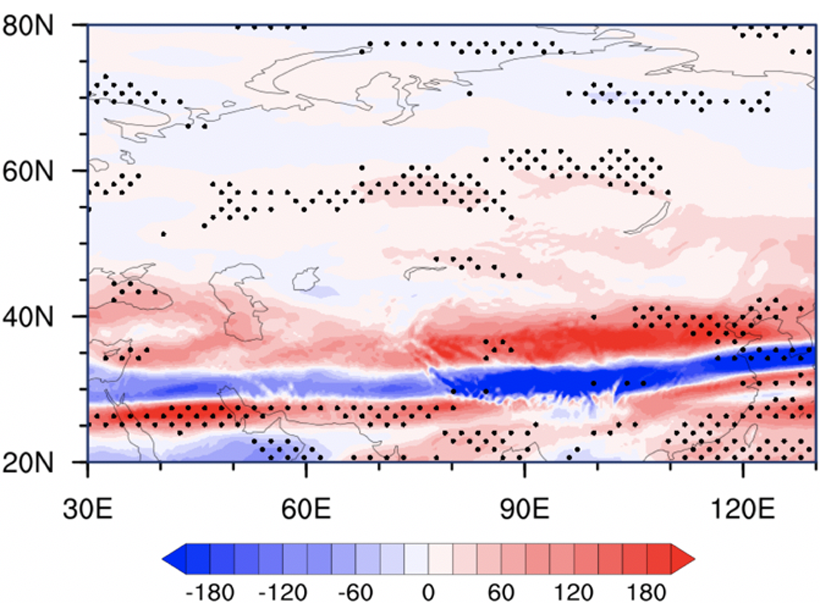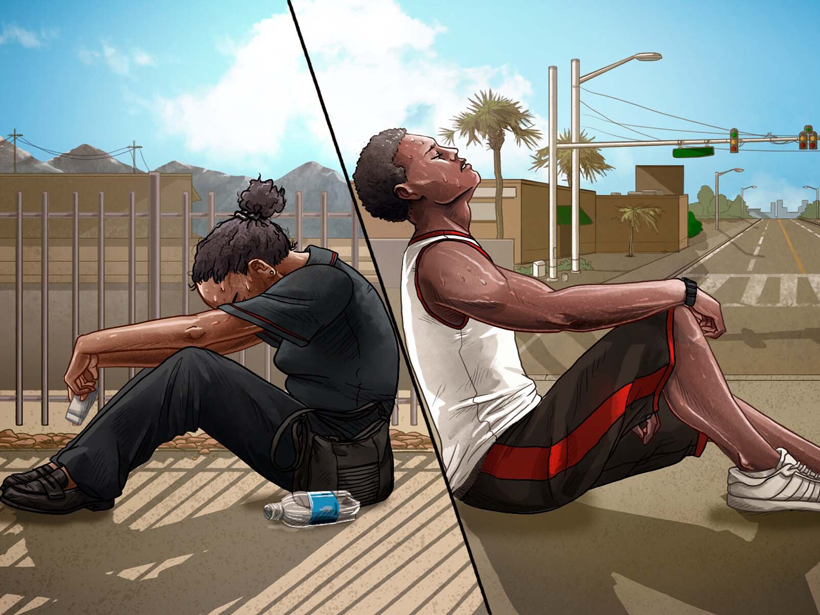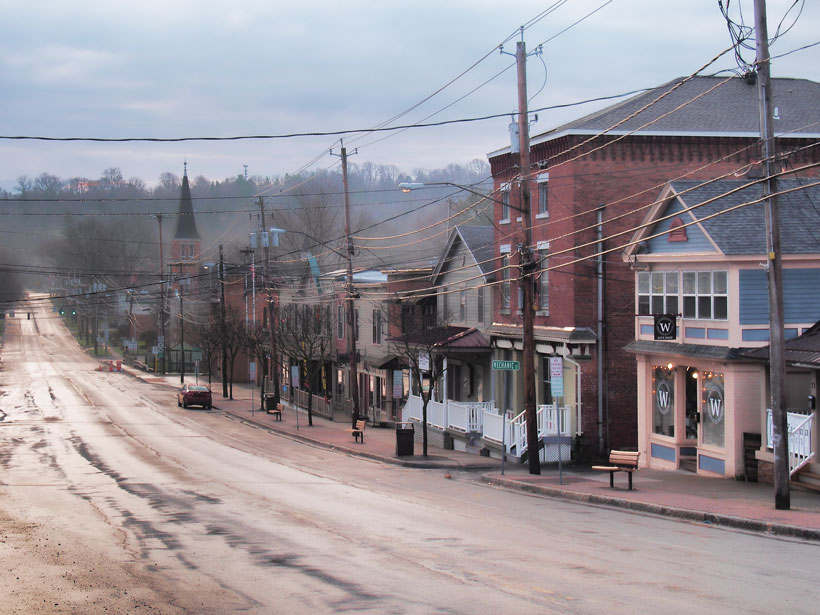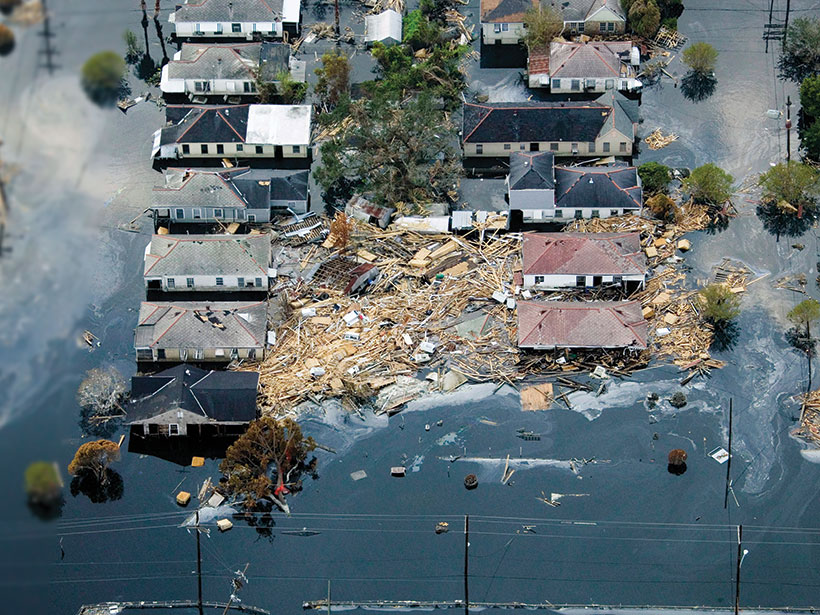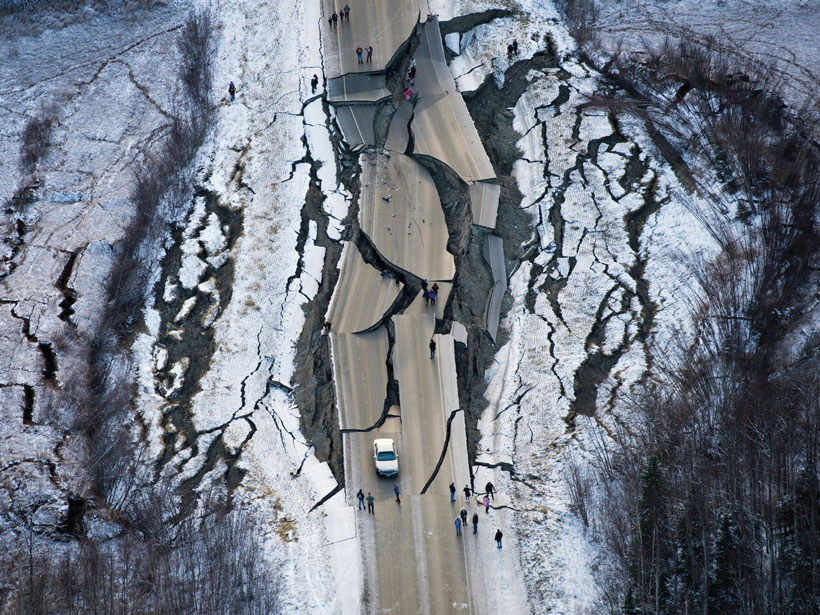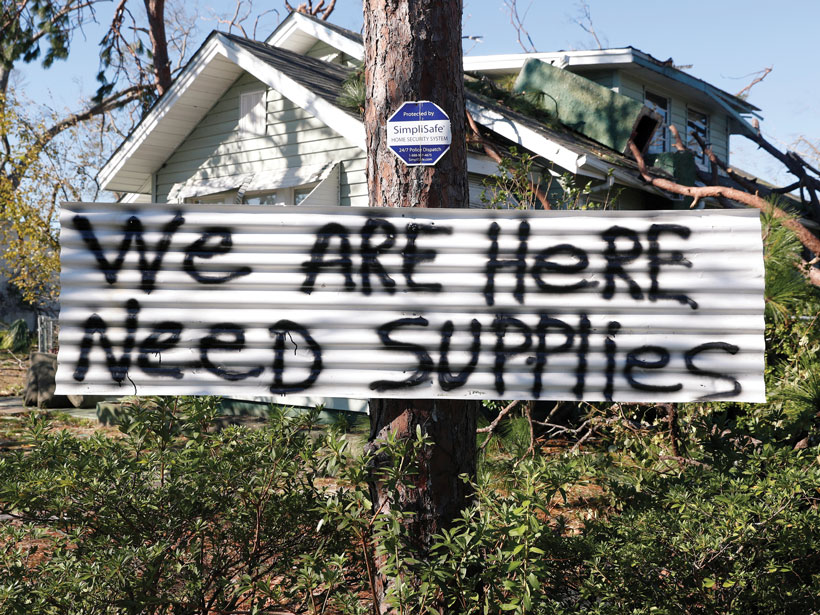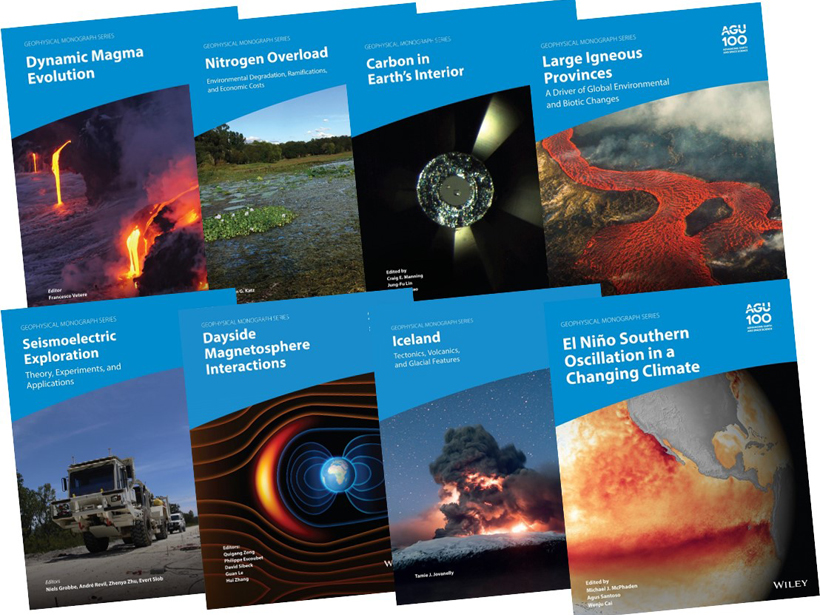A new U.S. Geological Survey report outlines how emerging technologies and cross-disciplinary collaborations are expected to empower new tools for managing hazards and resources.
2021 CC BY-NC-ND
Los océanos liberaron dióxido de carbono durante la última deglaciación
Un nuevo registro de isótopos de boro proveniente de sedimentos marinos del Pacifico Sur, ofrece una imagen más completa del intercambio de dióxido de carbono entre el océano y la atmósfera durante el Pleistoceno tardío.
Using Big Data to Measure Environmental Inclusivity in Cities
Lower-income urban communities bear the brunt of environmental burdens, even in wealthy green cities around the world.
Global Warming Intensifies Turbulence Over Northern Eurasia
A significant increasing trend of turbulence in upper atmosphere over northern Eurasia is attributed to intense anthropogenic activities.
Dangerous Heat, Unequal Consequences
How two neighborhoods in Arizona and Florida became hot spots for sickening heat.
Building Resilience in Rural America
People in rural communities are often hit disproportionately hard by natural hazards, largely because of in-equitable and inflexible risk reduction policies. But there are ways to change that.
Assessing Social Equity in Disasters
Natural hazard impacts and resources allocated for risk reduction and disaster recovery are often inequitably distributed. New research is developing and applying methods to measure these inequities.
Where Do People Fit into a Global Hazard Model?
By incorporating human systems, scientists are modeling geohazards with equity in mind.
Natural Hazards Have Unnatural Impacts—What More Can Science Do?
As disadvantaged communities suffer disproportionately from natural hazards, scientists, policymakers, and emergency managers explore why policies are failing—and what can be done about it.
Exciting New Developments for AGU Books Program
Alongside publication of new books on a broad range of Earth and space science topics, AGU published its first open access books in 2020 and appointed a new Editorial Board.


